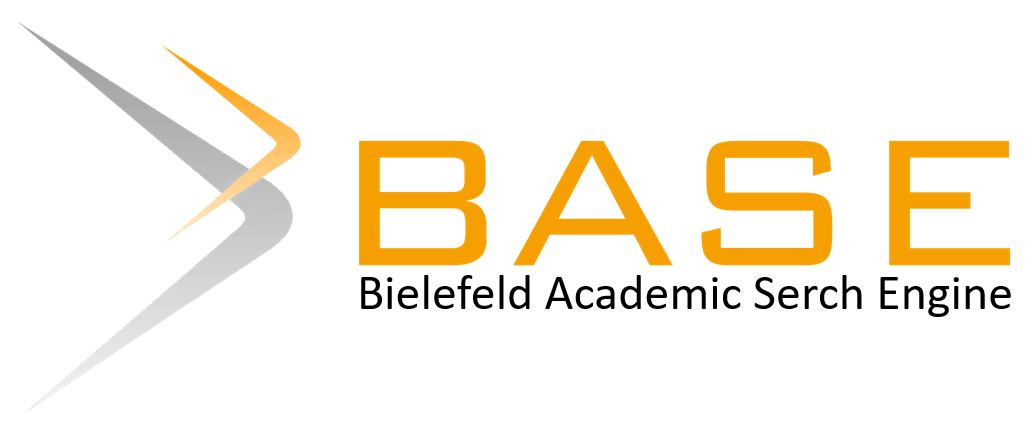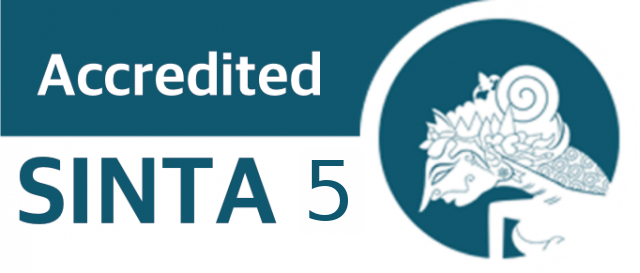The Secret of Antibiofilm Agent for Burn Injury : A Systematic Review
Abstract
Burn injuries remain to be a significant issue. The environmental condition in Indonesia contributes to the prevalence of diverse bacterial infection associated with different types of wounds, including burns. The biofilms production at the site of burn wounds significantly contributes to the ineffectiveness of burn treatment protocols. Hereby in this paper we discuss about the mechanism of antibiofilm and the novel therapy for the burn injury. This study was classified as a systematic review approach. The compilation of references will be derived from journal articles obtained using search engines such as PubMed, Google Scholar, and EBSCO. Subsequently, the authors proceed to gather and reevaluate pertinent material and scholarly articles. The occurrence of biofilm is closely associated with burn injuries. These bacterial communities evoke antibiotic resistance, hence impeding the effectiveness of conventional treatment approaches. It is noteworthy that substantially 60% of burn-related mortality is attributed to biofilms. This condition has the potential to develop into a persistent wound, ultimately resulting in sepsis. The development of biofilm or invasive burn wound infection serves as a significant catalyst for the occurrence of sepsis. The administration of anti-biofilm drugs holds significant potential in this context as a proactive measure for reducing the worsening effects of burns.
Conclusion : The utilization of anti-biofilm agents has the potential to serve as an innovative therapeutic approach for the treatment of burn wounds in the future. Further investigation is required to explore the potential outcome as well as adverse effects of this drug linked to its potency.
Keywords
References
1. El Hamzaoui N, Barguigua A, Larouz S, Maouloua M. Epidemiology of burn wound bacterial infections at a Meknes hospital, Morocco. New Microbes New Infect. 2020;38:100764. doi:10.1016/j.nmni.2020.100764
2. Thomas RE, Thomas BC. Reducing Biofilm Infections in Burn Patients’ Wounds and Biofilms on Surfaces in Hospitals, Medical Facilities and Medical Equipment to Improve Burn Care: A Systematic Review. Int J Environ Res Public Health. 2021;18(24):13195. doi:10.3390/ijerph182413195
3. Maslova E, Eisaiankhongi L, Sjöberg F, McCarthy RR. Burns and biofilms: priority pathogens and in vivo models. Npj Biofilms Microbiomes. 2021;7(1):73. doi:10.1038/s41522-021-00243-2
4. Tufanaru C, Munn Z, Aromataris E, Campbell J, Hopp L. Systematic reviews of effectiveness. Available from https://synthesismanual.jbi.global. Published online 2020. doi:https://doi.org/10.46658/JBIMES-20-04
5. Goodwine J, Gil J, Doiron A, et al. Pyruvate-depleting conditions induce biofilm dispersion and enhance the efficacy of antibiotics in killing biofilms in vitro and in vivo. Sci Rep. 2019;9(1):3763. doi:10.1038/s41598-019-40378-z
6. Flemming HC, Wingender J, Szewzyk U, Steinberg P, Rice SA, Kjelleberg S. Biofilms: an emergent form of bacterial life. Nat Rev Microbiol. 2016;14(9):563-575. doi:10.1038/nrmicro.2016.94
7. Rumbaugh KP, Sauer K. Biofilm dispersion. Nat Rev Microbiol. 2020;18(10):571-586. doi:10.1038/s41579-020-0385-0
8. Ma Z, Han J, Chang B, et al. Membrane-Active Amphipathic Peptide WRL3 with in Vitro Antibiofilm Capability and in Vivo Efficacy in Treating Methicillin-Resistant Staphylococcus aureus Burn Wound Infections. ACS Infect Dis. 2017;3(11):820-832. doi:10.1021/acsinfecdis.7b00100
9. Lu M, Wang S, Wang T, et al. Bacteria-specific phototoxic reactions triggered by blue light and phytochemical carvacrol. Sci Transl Med. 2021;13(575):eaba3571. doi:10.1126/scitranslmed.aba3571
10. Regulski M, Myntti MF, James GA. Anti-Biofilm Efficacy of Commonly Used Wound Care Products in In Vitro Settings. Antibiotics. 2023;12(3):536. doi:10.3390/antibiotics12030536
11. Malone M, Bjarnsholt T, McBain AJ, et al. The prevalence of biofilms in chronic wounds: a systematic review and meta-analysis of published data. J Wound Care. 2017;26(1):20-25. doi:10.12968/jowc.2017.26.1.20
12. Kirketerp‐Møller K, Stewart PS, Bjarnsholt T. The zone model: A conceptual model for understanding the microenvironment of chronic wound infection. Wound Repair Regen. 2020;28(5):593-599. doi:10.1111/wrr.12841
13. Brandenburg KS, Weaver AJ, Karna SLR, Leung KP. The impact of simultaneous inoculation of Pseudomonas aeruginosa, Staphylococcus aureus, and Candida albicans on rodent burn wounds. Burns. 2021;47(8):1818-1832. doi:10.1016/j.burns.2021.02.025
14. Pallavali RR, Degati VL, Narala VR, Velpula KK, Yenugu S, Durbaka VRP. Lytic Bacteriophages Against Bacterial Biofilms Formed by Multidrug-Resistant Pseudomonas aeruginosa , Escherichia coli , Klebsiella pneumoniae , and Staphylococcus aureus Isolated from Burn Wounds. PHAGE. 2021;2(3):120-130. doi:10.1089/phage.2021.0004
15. Pourhajibagher M, Rahimi-esboei B, Ahmadi H, Bahador A. The anti-biofilm capability of nano-emodin-mediated sonodynamic therapy on multi-species biofilms produced by burn wound bacterial strains. Photodiagnosis Photodyn Ther. 2021;34:102288. doi:10.1016/j.pdpdt.2021.102288
16. Kamper SJ. Blinding: Linking Evidence to Practice. J Orthop Sports Phys Ther. 2018;48(10):825-826. doi:10.2519/jospt.2018.0705
DOI: 10.30595/hmj.v6i2.20464
Refbacks
- There are currently no refbacks.

This work is licensed under a Creative Commons Attribution 4.0 International License.
ISSN: 2620-567X









